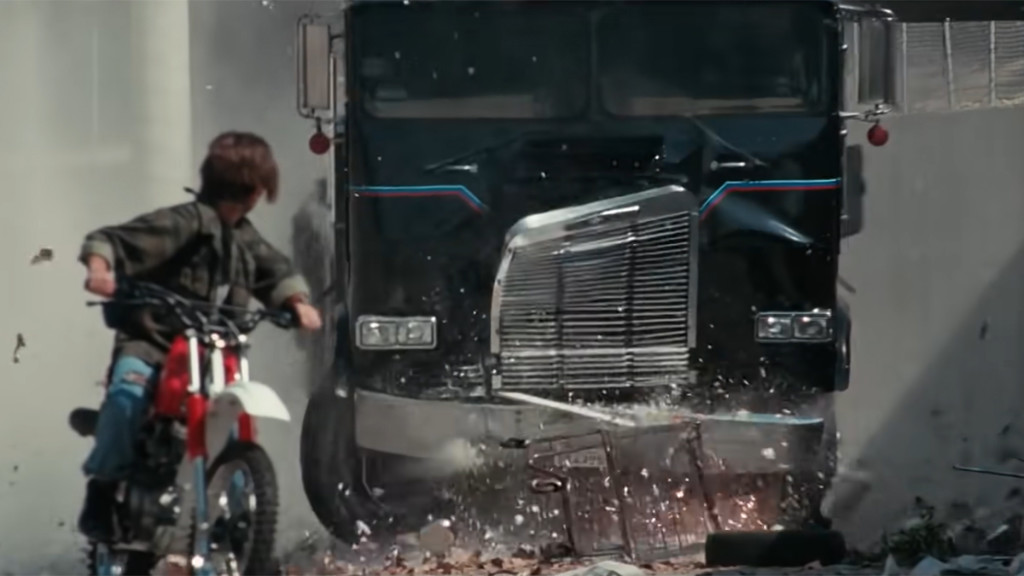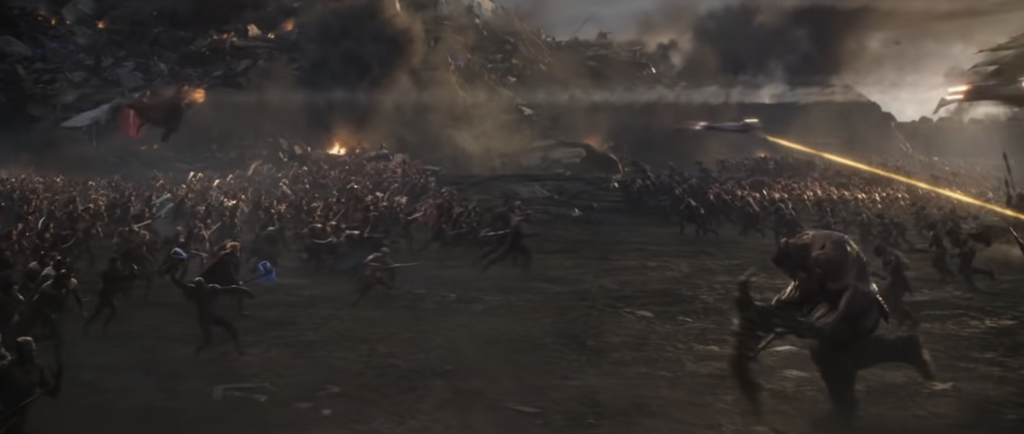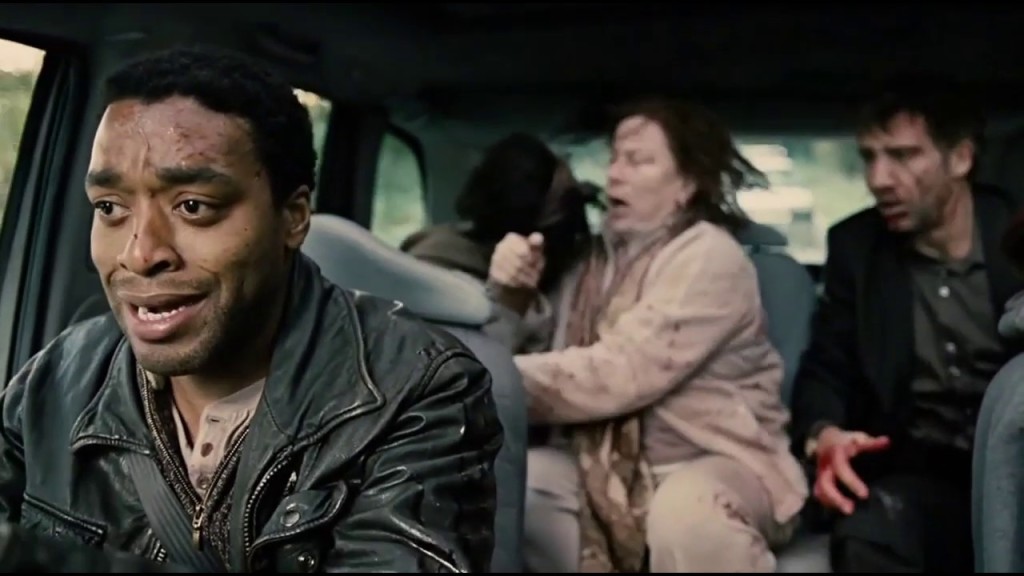Sci-Fi Showdown is only ONE WEEK AWAY!!! ENTRIES DUE NEXT THURSDAY!
Guys!
Do I need to remind you that NEXT THURSDAY is the DEADLINE for the Scriptshadow Sci-Fi Showdown? That’s when the five best sci-fi concepts submitted to me will be published here on the site, along with the scripts, and then you, the readers, will read and vote for your favorite screenplay. The winner will then get a review from me the following week. More importantly, if the script is good, we’re going to try and get it made! As in produced! So, if you’ve got a sci-fi script that you think is great, get it tuned up and send it to me by next Thursday.
What: Sci-fi Showdown
When: Entries due by Thursday, September 16th, 11:59 PM Pacific Time
How: Include title, genre, logline, Why We Should Read, and a PDF of your script
Where: carsonreeves3@gmail.com
I was trying to think of the most influential tip I could give you to dramatically improve your sci-fi script in one week, and I realized that if you can write one great sci-fi set piece scene, it can have a gigantic impact on how the script is received. That’s because a great set piece can be the motivator for why someone wants to produce your film. If they fall in love with just that one 10 minute scene, and have this vision of how awesome that scene is going to look in a movie theater, that could be the driving force that leads to a sale.
But before we can identify what makes a good sci-fi set piece, let’s talk about what makes a bad one. The worst set pieces are generic set pieces. A generic situation where people are shooting at each other. A generic car chase or motorcycle chase through a city. A generic fighting scene. There’s no form to these scenes. There’s no creativity to these scenes. They’re unimaginative time-wasters masquerading as entertainment.
The worst example of this is when you have one army on one side of the screen and another army on the other side of the screen and they race at each other, and in the trailer, they always cut away right before the two sides collide. That’s the epitome of a generic uncreative set piece. The reason I can say that with confidence is because nobody on this board can point to a single memorable moment in any of those scenes – Avengers Endgame, Ready Player One, Aquaman, Attack of the Clones – that occurs after the two sides begin fighting. It’s all a bunch of big boring generic nonsense.
These scenes don’t even play well on the big screen. But they play 100 times worse in an actual screenplay. Because we can’t see what’s going on. For these reasons, I want you to follow a simple formula to create a good sci-fi set piece (or any set piece for that matter)
1) GSU – The key character in the set piece should have a GOAL. If they’re not after something within the set-piece, nothing else will work. From there, you need the goal to be IMPORTANT. The stakes must be high. Everything’s going to feel a lot more important if the character is after a cube that has the power to destroy the universe than if they’re after a crispy chicken sandwich from Chick-fil-a. And, finally, add a time constraint (urgency). At the end of Star Wars, Luke doesn’t have all the time in the world to blow up the Death Star. There are mere seconds before the Death Star will have a clear shot at the planet Yavin. So Luke needs to destroy the Death Star NOW.
2) Based on your concept – This is a must for sci-fi. Figure out what’s unique about your concept and give us set pieces that COULD ONLY EXIST inside your movie. There are very few moments in the chase scenes from Mad Max Fury Road that felt like they could exist in another movie. Every aspect of the chase felt specific to the Mad Max universe. Check out Rossio’s recent “Timezone” spec sale to see another writer write set pieces that are specific to that concept. I would even say that Rossio is a master at that.
3) Contain your space – How you utilize space is the secret weapon for great set pieces. From the quickly condensing space in the Star Wars trash compactor scene to Captain America’s elevator fight in Winter Soldier to the first alien attack in James Cameron’s “Aliens.” A contained space provides structure. Whereas a big spread out area can be harder to manage and, therefore, get messy. The hardest thing about writing set pieces, in my opinion, is conveying to the reader what’s going on, because what’s going on can often spiral out of control. I mean, imagine writing what was going on in one of those giant Lord of the Rings fight sequences. Nine readers out of ten are not going to be able to keep up with the million and one things happening on screen. So utilize contained space where you can with set pieces. It can do wonders. It’s also a lot cheaper!
4) Imagination – Most writers don’t think that hard about their set pieces and, as a result, you get the same freaking set pieces you always get. I can’t stress this enough. Your set-pieces are your key selling point for a sci-fi movie. They’re where you get to show off what a great idea this is. So you really have to invest in them. Don’t stop until your top 3 set pieces feel like something we’ve never seen before. In the newsletter, we talked about the 5 million dollar spec sale for Deja Vu. A big selling point in that script was the car chase scene where the hero was chasing the bad guy but they were both in two different time periods. That’s an imaginative scene.
What’s a successful set piece that utilized most of these things? The Thor vs Hulk fight in Thor: Ragnarok. We have the contained space. We have the goal (fight to get out of here). The stakes (fighting for their lives). I’m not sure if there was a time constraint on that scene but it was so well constructed in every other area that it didn’t need one. It’s also a good example of how powerful a great set piece can be because that scene sold an entire movie. It was the centerpiece of every trailer. Which is a good thing to think about when writing your own set pieces: Would this scene be the centerpiece of a trailer? Could they sell the whole movie on it? When the answer is yes, that’s when you know you’re onto something.
Another one is the famous T-1000 truck chase sequence in Terminator 2. You may have never realized this until now but that was a classic SPATIALLY CONTAINED scene. The chase doesn’t happen out on a highway, like a boring Michael Bay chase scene. It happens in this contained space with these inescapable walls on either side. Which wasn’t just different, by the way. It added to the intensity of the scene because it gave the Terminator and John Connor no way out. It’s why it remains, to this day, one of the top 5 sci-fi set pieces of all time.
A lesser known set piece is the car-attack scene in Children of Men, which is contained in TWO WAYS. We’re cramped inside this car with five characters who are trying to escape. And then the car itself is contained by this tiny road in the forest. When they’re then ambushed and have to reverse out of the attack, there’s only one place to go. Backwards, up the very same road they came down. It works so well specifically because of how much Alfonso Cuarón focused on containing the set piece.
What I need you to do is spend the next three hours thinking up a big fun set piece THAT COULD ONLY HAPPEN IN YOUR MOVIE due to the fact that it’s so organically connected to your concept. And then apply as many of these above rules as you can. You might not be able to use all of them. But you should be able to get most of them in there. If you do it right, you’re not only going to come up with a great scene, you’re going to come up with a scene that SELLS why your movie should be made.
Good luck! ONE WEEK LEFT!!!




